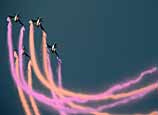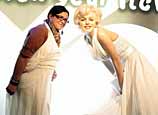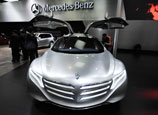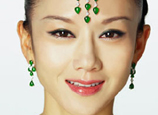
His brush gives life to the orchids. His brush brings out the soul of spring. Where his brush fondles, the rain appears to kiss a lotus flower.
Painter Yan Keqin reveals a rhythmical and twinkling world of mountains and flowers with a flexible and mythical mixture of only ink and water.
"It's very difficult to paint all in ink. Nowadays many people don't even dare to try. In the pursuit of the highest realm of ink painting, he has bravely used black ink to portray a world of colors," comments Xing Shaochen, chief researcher with the China National Academy of Painting.
Based in Wuxi of Jiangsu province, home to a panel of master artists who've made up a tower of strength for Chinese art, Yan Keqin is continuously inspired by the city's cultural heritage and charming sceneries. He is never tired of rendering his reflections down on paper in the past decades.
But surprisingly, Yan has barely received professional training in painting. The head of Wuxi broadcasting corporation's recent ink painting exhibition at the National Art Museum of China wowed critics, who say he has outstripped professional level. More importantly, as many agree, he has manifested the spirit of Chinese literati painting.
The so-called literati painting originated in the middle of Tang Dynasty (AD 618-907) and reached its climax in Yuan (1271-1368), Ming (1368-1644) and Qing (1644-1911) dynasties.
It used to refer to art works created by literati or scholar-bureaucrats. That's how it got its name. But the definition has expanded as it becomes a more established genre of art. Literati painting, according to Peking University's professor of aesthetics Zhu Liangzhi, is now a reference to artworks that convey a "unique literary mood".















 10th China Int'l Auto Exhibition to be held in Guangzhou
10th China Int'l Auto Exhibition to be held in Guangzhou


![]()
